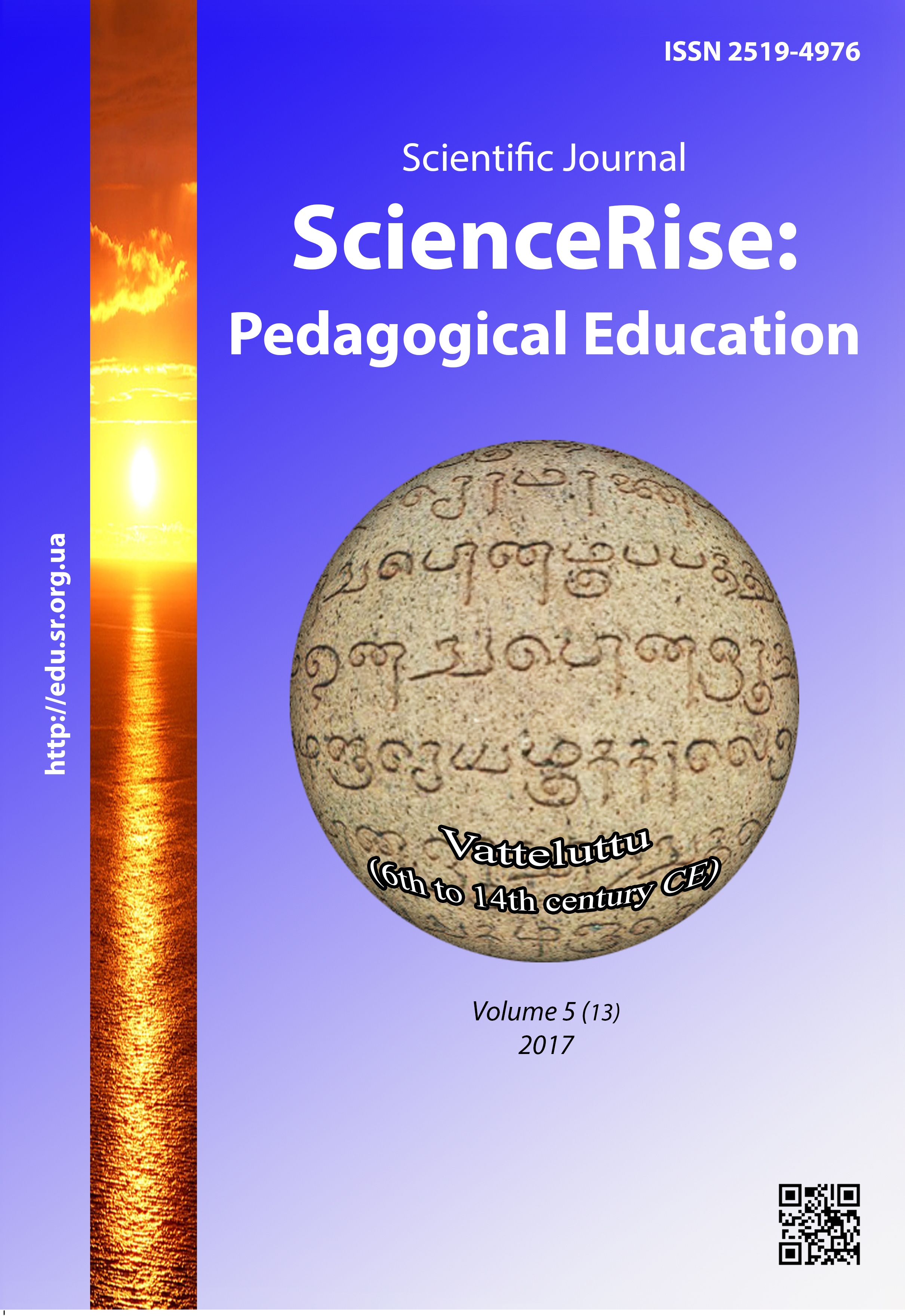Basic descriptions of modern family as reference points for the construction of matrimonial relations by young couples
DOI:
https://doi.org/10.15587/2519-4984.2017.102536Keywords:
young couples, matrimonial relations, reference points, family, family characteristics, manifestations of violationAbstract
Boys and girls, who have dates and plan or don’t plan to marry yet, consider modern families as a reference point for them and for the building of own family life. That is why it is important to determine the main characteristics of a modern family: functions, parameters, life activity spheres, family typologies, typical family roles, positive and negative tendencies in the formation of family institution.
Scientists determined typical features of a modern family, especially the following:
– appearance of new, non-traditional forms of matrimony;
– change of priority interests of family groups;
– instability of many modern marriages;
– increase of divorces number;
– increase of the number of people who don’t want to marry;
– changes of personal status in a family;
– change of socio-cultural bases of family relations;
– approximation to the symmetry of male and female roles in a family; creation of a new structure of housing space;
– relative autonomy of each one in a family;
– democratization of internal family relations;
– transmission of children socialization function to public institutions;
– depreciation of family values;
– decrease of time for family communication;
– crisis of patriarchal family values.
Taking into account the importance of family institution, it is necessary to determine the youth attitude to matrimony (young couples, who have dates; married young couples) and their understanding of building correct family relations. The analysis of answers to the question “What is an importance of marriage in young couples lives?”, “Point out your rights and duties in a marriage”, “Are you ready to build your family relations?” gave a possibility of generalization. The conclusion of realized interrogation is a necessity to carefully prepare youth for family relations, formation of knowledge and skills of a correct behavior in marriage and in relations with persons of the opposite sex. It needs additional studies of a family institution according to today conditionsReferences
- Yakubova, Yu. M. et. al. (1996). Young family Ukraine 90-s. Kyiv: A.L.D., 104.
- Kapska, A. Y., Bezpalko, O. V., Vaynola, R. H. et. al. (2004). Тechnologies of different types of families. Social work: technological aspect. Kyiv: Center of educational literature, 92–171.
- Bezpalko, A. V. (2003). Social education in the charts and tables. Kyiv: Center of educational literature, 134.
- Tartakovskaya, I. N. (2005). Gender sociology. Moscow: Variant, Nevsky Prostor, 368.
- Kaps'ka, A. Y., Miroshnychenko, S. A., Trukhin, I. O.; Kaps'ka, A. Y. (Ed.) (2003). Young family: challenges and conditions of formation. Kyiv: DTSSSM, 184.
- Pankova, L. M. (1988). Dlya budushchikh suprugov. Moscow: Mysl, 174.
- Ryurykov, J. (1990). Love and family for scrap time. Restructuring – family, family – restructuring. Moscow: Mysl, 9–29.
- Yurchenko, Z. (2010). Socio-psychological determinants of violence against the individual in the family. Personality Psychology, 1, 94–102.
- Shinkarenko, O. D. (2000). Psychological characteristics of victims of domestic violence. Practical Psychology and Social Work, 3, 25–28.
- Tymofeeva, L. H. (2012). Hendernye stereotypy. Sotsialna robota i suchasnist: teoriya ta praktyka, 197–198.
- Furman, A. V. (2011). Psykhokultura ukrayinskoyi mentalnosti. Ternopil: NDI MSEVO, 168.
Downloads
Published
How to Cite
Issue
Section
License
Copyright (c) 2017 Andriy Parfanovich

This work is licensed under a Creative Commons Attribution 4.0 International License.
Our journal abides by the Creative Commons CC BY copyright rights and permissions for open access journals.
Authors, who are published in this journal, agree to the following conditions:
1. The authors reserve the right to authorship of the work and pass the first publication right of this work to the journal under the terms of a Creative Commons CC BY, which allows others to freely distribute the published research with the obligatory reference to the authors of the original work and the first publication of the work in this journal.
2. The authors have the right to conclude separate supplement agreements that relate to non-exclusive work distribution in the form in which it has been published by the journal (for example, to upload the work to the online storage of the journal or publish it as part of a monograph), provided that the reference to the first publication of the work in this journal is included.








